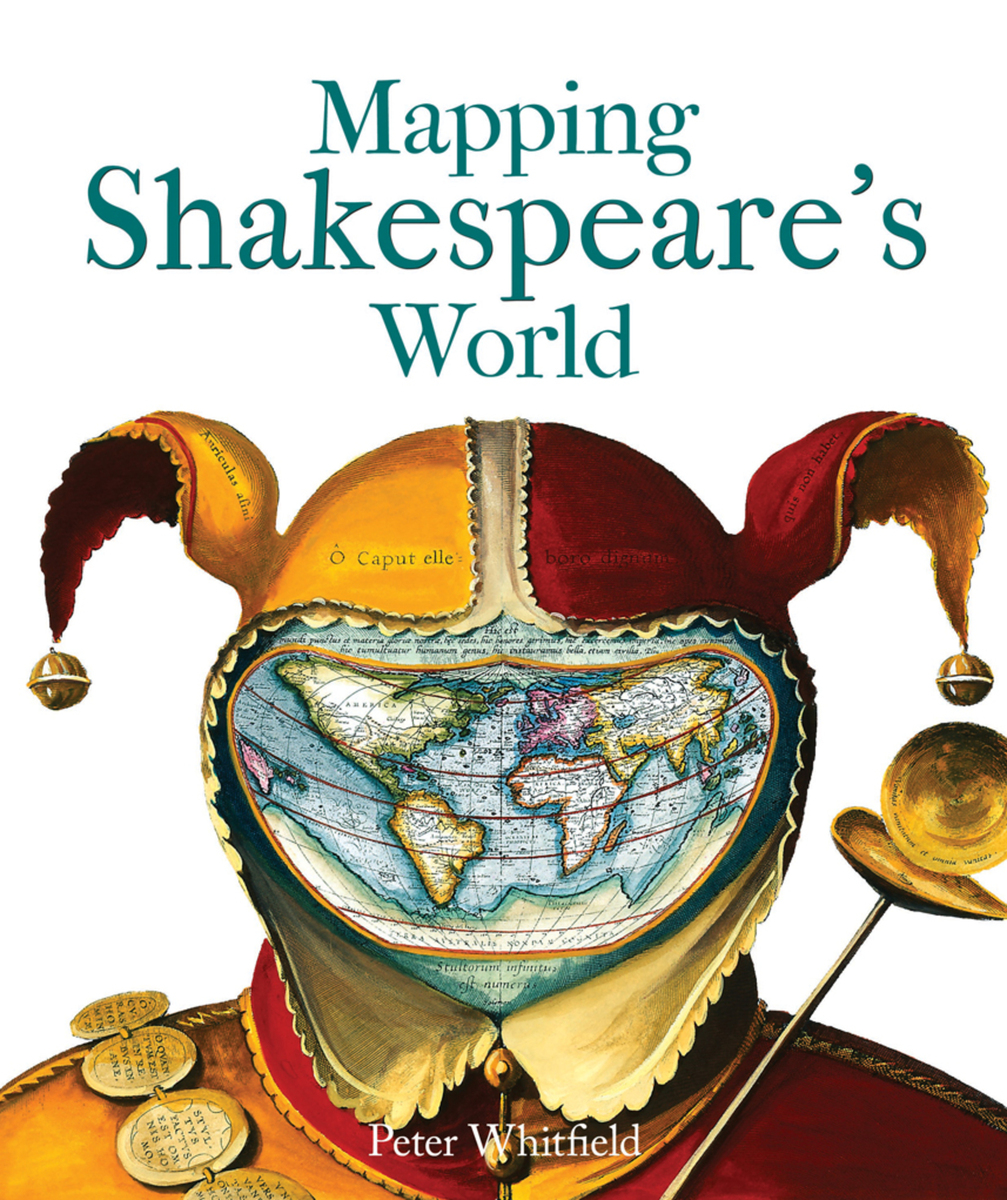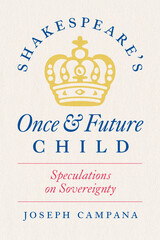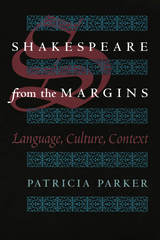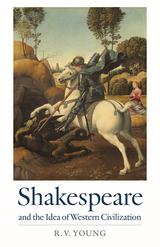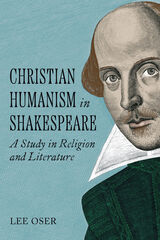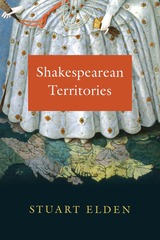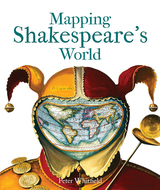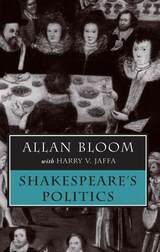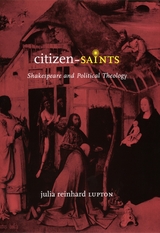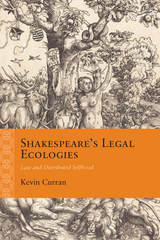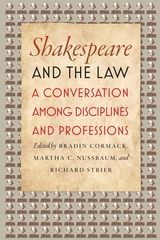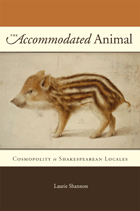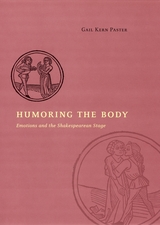Mapping Shakespeare's World
Bodleian Library Publishing, 2015
Paper: 978-1-85124-257-3
Library of Congress Classification PR3014.W55 2015
Dewey Decimal Classification 822.33
Paper: 978-1-85124-257-3
Library of Congress Classification PR3014.W55 2015
Dewey Decimal Classification 822.33
ABOUT THIS BOOK | AUTHOR BIOGRAPHY | TOC
ABOUT THIS BOOK
Shakespeare never set a play in his own Elizabethan London. From the castle in Elsinore where Hamlet avenges his father’s death to Cleopatra’s Alexandria at the height of the Roman Empire to the seaport town in Cyprus where we await the arrival of Othello, each of Shakespeare’s plays is set in a time or space remote from his primary audience. Why is this? How much did the Bard and his contemporaries know about the foreign lands his characters often inhabit? What expectations did an audience have if the curtains rose on a play which claimed to take place in ancient Troy or the Pyrenean kingdom of Navarre in northern Spain?
Mapping Shakespeare’s World explores these questions with surprising results. It has often been said that setting is irrelevant to Shakespeare’s plays—that, wherever they are set, their enduring appeal lies in their ability to speak to broad questions of human nature. Peter Whitfield shows that, on the contrary, many of Shakespeare’s locations were carefully chosen for their ability to convey subtle meanings an Elizabethan audience would have picked up on and understood. Through the use of paintings, drawings, contemporary maps and geographical texts, Whitfield suggests answers to such questions as where Illyria was located, why The Merry Wives of Windsor could only have taken place in Windsor, and how two utterly different comedies—The Comedy of Errors and Pericles, Prince of Tyre—both came to take place in ancient Ephesus.
Just when one might think there was nothing more to be said about Shakespeare, with Mapping Shakespeare’s World, Whitfield offers a fascinating new point of view.
Mapping Shakespeare’s World explores these questions with surprising results. It has often been said that setting is irrelevant to Shakespeare’s plays—that, wherever they are set, their enduring appeal lies in their ability to speak to broad questions of human nature. Peter Whitfield shows that, on the contrary, many of Shakespeare’s locations were carefully chosen for their ability to convey subtle meanings an Elizabethan audience would have picked up on and understood. Through the use of paintings, drawings, contemporary maps and geographical texts, Whitfield suggests answers to such questions as where Illyria was located, why The Merry Wives of Windsor could only have taken place in Windsor, and how two utterly different comedies—The Comedy of Errors and Pericles, Prince of Tyre—both came to take place in ancient Ephesus.
Just when one might think there was nothing more to be said about Shakespeare, with Mapping Shakespeare’s World, Whitfield offers a fascinating new point of view.
See other books on: 1564-1616 | Cartography | Plays | Shakespeare | Shakespeare, William
See other titles from Bodleian Library Publishing
